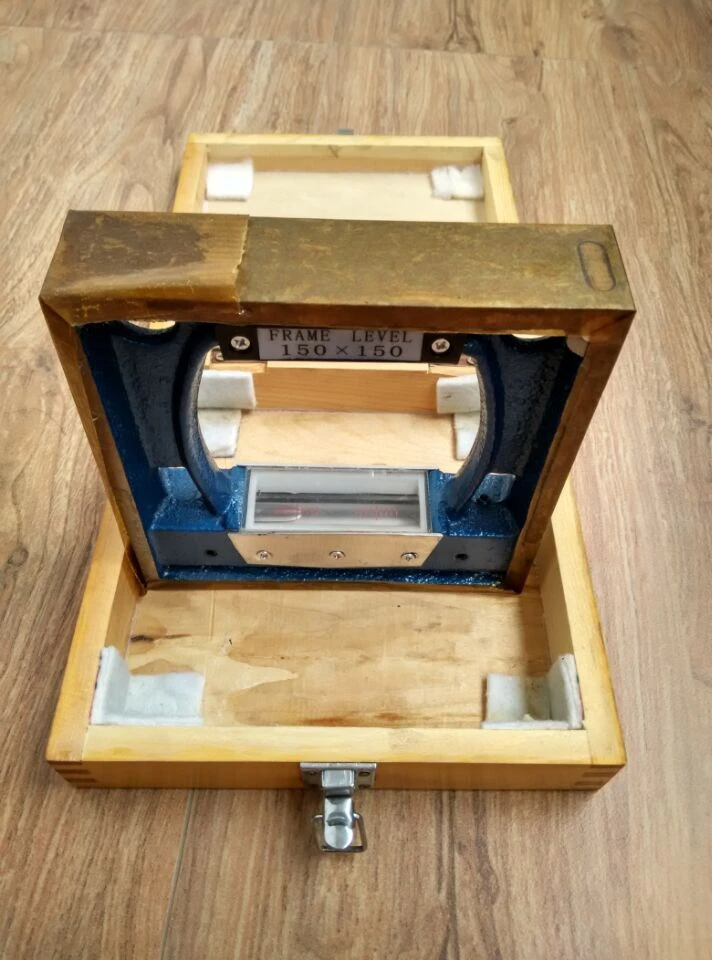Νοέ . 29, 2024 14:20 Back to list
Understanding the Principles and Applications of Differential Gauges in Measurement Systems
Understanding Differential Gauge An Essential Tool in Modern Measurement
In the realm of precision measurement and scientific experimentation, the differential gauge has emerged as a crucial instrument. This device, primarily designed to measure the difference between two pressures, has applications spanning various industries, including aerospace, automotive, manufacturing, and even in research laboratories. Understanding how a differential gauge works, its types, and applications can provide insight into its vital role in maintaining accuracy and ensuring safety in numerous processes.
What is a Differential Gauge?
A differential gauge is an instrument that measures the difference in pressure between two points. Unlike absolute pressure gauges, which measure pressure relative to a perfect vacuum, differential gauges focus solely on the variance between two pressure values. This capability is vital in many applications, as it allows for precise control and monitoring of systems where pressure differences can indicate performance, leaks, or necessary adjustments.
The mechanism of a differential gauge typically involves the use of a diaphragm or a Bourdon tube, which responds to pressure changes. When pressure is applied to the two inputs of the gauge, the resulting deformation (whether it be bending or displacement) is translated into a measurable output, often displayed on a dial or a digital readout. The design and function make differential gauges integral in scenarios where pressure differences are critical to operational success.
Types of Differential Gauges
Differential gauges come in various forms, each suited to specific applications. The most common types include
1. Mechanical Differential Gauges These gauges use traditional mechanical systems, such as gears and levers, to display pressure differences. They are often robust and do not require power sources, making them reliable in many environments.
2. Electronic Differential Gauges Utilizing electronic sensors, these gauges convert pressure differences into electronic signals. They typically offer higher accuracy and data logging capabilities, making them suitable for complex monitoring systems and environments where automation is key.
3. Digital Differential Gauges These modern gauges provide readings on digital displays, often with features such as alarms, data recording, and communication interfaces for integration into broader monitoring systems. Digital gauges facilitate easier data interpretation and can help streamline processes in sophisticated systems.
differential gauge

Applications of Differential Gauges
The utility of differential gauges spans across numerous sectors
- Aerospace In aircraft, differential gauges monitor various systems, including fuel pressure and hydraulic systems. Accurate pressure readings are crucial for flight safety and operational efficiency.
- Automotive Differential gauges are employed in vehicle systems, such as brake fluid pressure and oil pressures, ensuring that safety protocols are adhered to and performance is optimized.
- Manufacturing In industrial settings, differential gauges can detect leaks in pressurized systems, monitor filter conditions, and assess the performance of pumps and compressors.
- HVAC Systems These gauges are instrumental in monitoring air pressure differences across filters and ducts, allowing for efficient ventilation and maintained air quality.
Importance of Calibration and Maintenance
To ensure the accuracy of differential gauges, regular calibration and maintenance are essential. Environmental factors such as temperature fluctuation and mechanical wear can affect readings over time. Regular checks, coupled with adjustments and recalibrations, help maintain the instrument's reliability and accuracy.
Conclusion
In summary, differential gauges are indispensable tools in various industries, providing critical insights into pressure differentials that can significantly impact performance and safety. Their design, encompassing mechanical and electronic variations, suits them to a myriad of applications, from aerospace to automotive and beyond. As technological advancements continue to evolve, the sophistication of differential gauges is likely to increase, further enhancing their utility in monitoring and controlling complex systems. Understanding and leveraging these instruments can result in improved operational efficiency and safety across numerous domains.
-
Thread Plug Gauge Our Promise of Measurement ExcellenceNewsAug.22,2025
-
Gauge Pin Class Reflecting Quality LegacyNewsAug.22,2025
-
Check Valve Types for High Rise BuildingsNewsAug.22,2025
-
Water Control Valve for Irrigation SystemsNewsAug.22,2025
-
Gate Valve with Soft Seal TechnologyNewsAug.22,2025
-
Y Type Strainer for Oil and Gas ApplicationsNewsAug.22,2025
Related PRODUCTS









